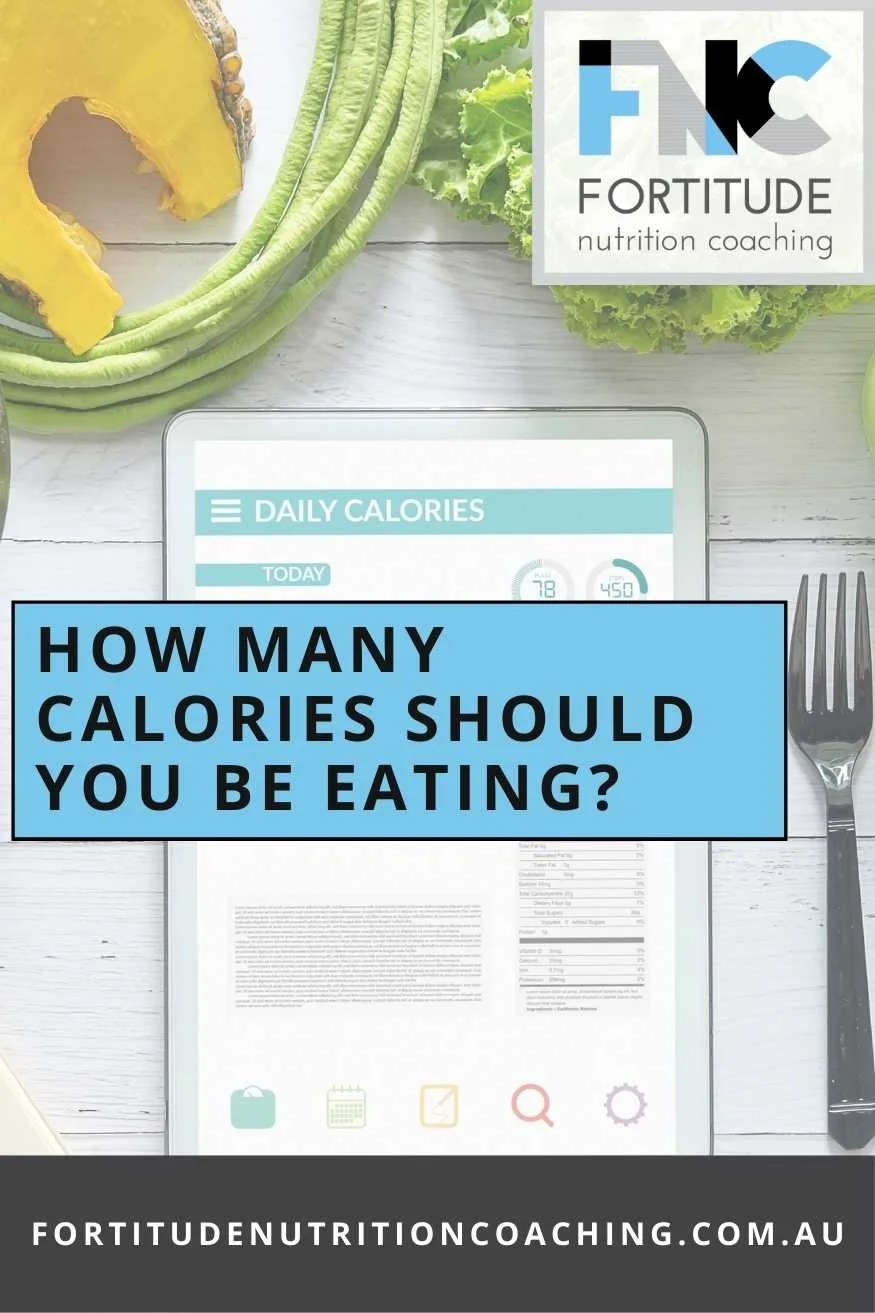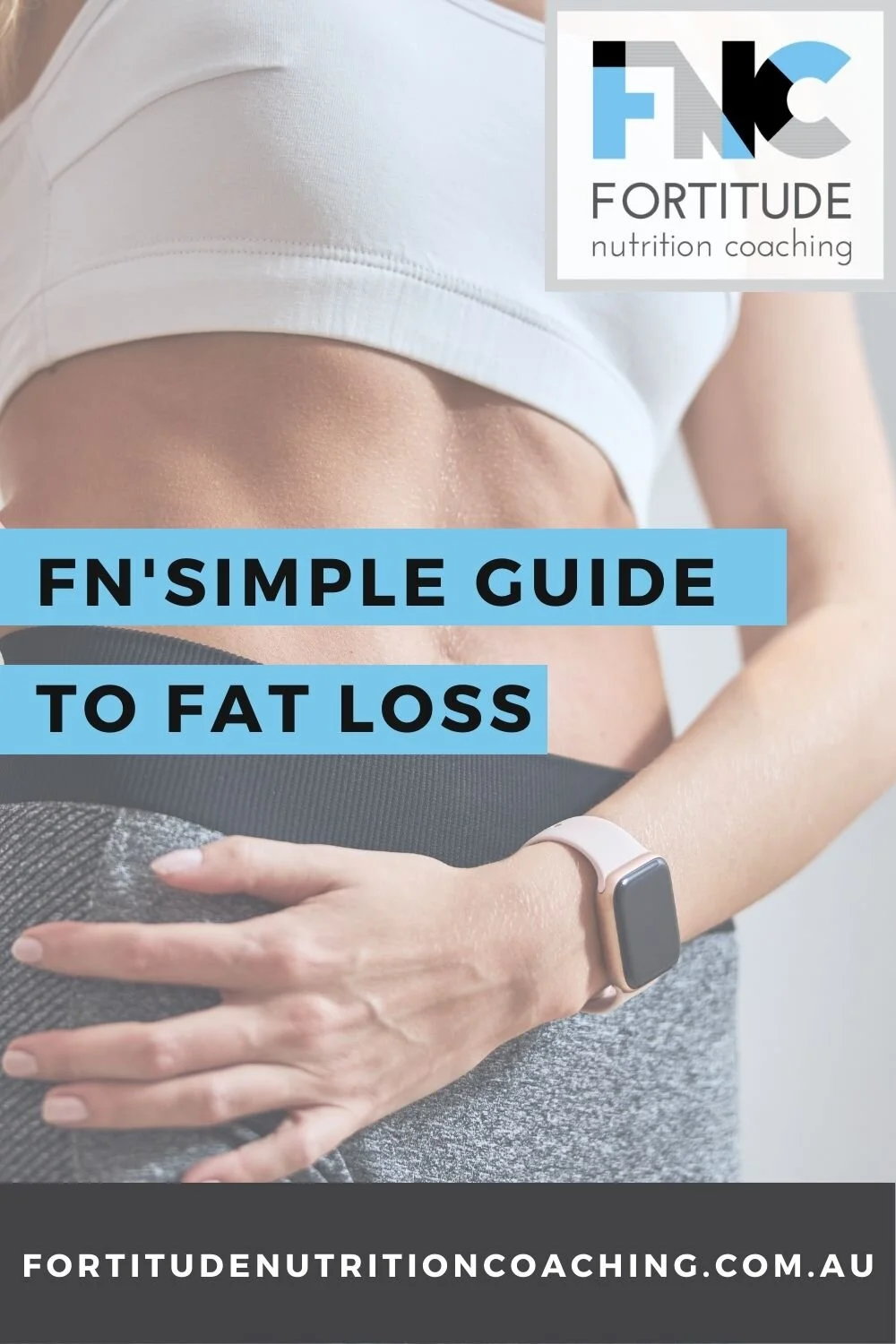What is the Glycemic Index?
Disclaimer: This blog is just a guide containing general information about Glycemic Index (GI), and how to approach it in the content of a general everyday diet in otherwise healthy populations. It will not treat any blood sugar related medical considerations and should not be taken as usable information for such instances. If you have or suspect you have blood sugar management/regulation concerns, issues or if you’re unsure, consult your doctor.
What is the Glycemic Index (GI)
Essentially GI is an indicator of how much ‘processing’ the digestive system has to do for a food to be compatible with the blood stream. If a food comes into the “processing facility” (referring to the gut) in a form that is already close to being ready for the bloodstream, it’ll pass through and show up in the blood rapidly.
If a food is not very processed, and far from a form that is compatible with the blood, the gut will have to break it down, separate components, process & prepare. This all takes time, meaning the food is deposited into the blood slowly over time.
Foods that contain carbohydrates fall on a spectrum in terms of the magnitude and rate they raise the concentration of sugar in your bloodstream (how rapidly they’re deposited into the blood after eating). Glycemic index or GI is a measure of this, with foods being ranked from 0 to 100.
To obtain a GI value, changes in blood sugar in 10 or more healthy people are monitored within a 2 hour time frame after ingesting a 50g dose of carbohydrates from a certain food.
A general rule of thumb is;
the more fibrous and less refined the food is, the lower the GI will be.
For example; the blood sugar response after consuming whole grains, fruits and vegetables is low in magnitude. Whereas the response to highly refined, ‘simple’ sugars such as white bread and confectionary is greater.
What is Glycemic Load (GL)?
An issue with GI, is that it doesn’t consider the amount of the food you eat, which creates a pretty large limitation of GI as a relevant measure. As mentioned, when GI is formally tested it uses 50g portions of carbohydrates, which is rarely the case for portions in the real world.
Using the measure of glycemic load (GL) offers greater practical relevance as it takes portion size into account. There are many foods that are higher on the GI spectrum but are rarely consumed in portions that yield close to 50 grams of carbohydrates.
For example; carrots can be considered higher GI than many other vegetables. However to yield 50g of carbohydrates, you’d need to eat more than 900g of carrots. Because that's rarely the case, the measure of GL is low.
Another example is table sugar, the type we’d typically put in our coffee. The amount used is typically very small, meaning the GL is not too great either.
Glycemic load (GL) = GI x the grams of carbohydrates in the food / 100
Does the Rest of the Meal Change the Glycemic Index?
To make things more confusing and further reduce the apparent usefulness of GI, it’s important to recognise that we rarely consume certain carbs in isolation.
When fibre is added to a carbohydrate containing food, the GI (remember: magnitude at which blood sugar is raised) is reduced.
Adding fats also has the same effect, but can also enhance palatability (deliciousness) meaning you'll probably eat a larger portion, resulting in a higher total blood sugar rise.
For example: take a bowl of Corn Flakes (high GI) and add a portion of blueberries (fibre)… All of a sudden what would have been a ‘high GI meal’ now becomes a low(er) GI meal.
High Glycemic Index vs Low Glycemic Index - Simplified.
All this GI, GL, blood sugar stuff is cool but needlessly complicated and lacks relevance in the real world.
Instead think of it like this:
Low GI = High fibre, carbohydrate containing food or ‘plant’.
High GI = Low fibre, refined, ‘sugary, whiter’ carbohydrate rich food.
...And everything in between.
Low GI = Fruits, vegetables, whole grains, beans, & legumes.
High GI = Confectionary, white baked goods, white refined grains.
Add fibre to a high GI carb, the GI of the meal is now lower.
When does Glycemic Index Matter?
Fat loss / weight management:
Say it with us, “Energy balance, mostly influenced by Calorie intake, underpins weight change overtime.”
That's right, Calories matter most.
The Calorie tracking, MyFitnessPal obsessed bros are indeed, technically, right;
“GI doesn't matter as long as Calories & protein are matched”.
However, it’s a bit different in the real world. Controlling your Calories can be far, far easier when you’re eating lower GI foods and your diet is mostly low GI.
Lower GI foods contain lots of fibre.
Fibre fills you up and keeps you feeling fuller for longer. Helping you control your Calories.
Higher fibre foods aren’t as palatable.
They’re not as delicious and amazing in taste, which helps you again control your Calorie intake.
Anything that can help moderate/control Calories has utility. Low GI foods do this indirectly, thanks to fibre and palatability characteristics.
It’s difficult to confidently conclude that blood sugar spikes encourage greater appetite and enhanced ‘cravings’. Rather it’s likely a lack of dietary fibre that encourages greater Calorie consumption and subsequent weight gain. Insulin, the often wrongly demonised hormone that is released to deal with blood sugar spikes may actually be a driver of fullness and satisfaction.
For example: Eat 2x WeetBix and 2x TimTam’s then ask yourself which one will:
be easier to consume in its entirety
will fill you up the most
is most likely to take food off your mind so you don’t eat more food afterwards?
This is fibre and palatability at play. I bet you can guess which one is low GI and which one is high GI? Hint: The high GI one contains a really yummy ingredient (chocolate).
Health:
Weight management and health are closely tied, so the above fat loss/weight management section applies. However, there is more to the story:
Low GI foods, AKA fibre containing foods (as well as weight loss/management itself) lowers chronic levels of systemic inflammation. This is linked with longevity, disease risk reduction and long term health. Inflammation is often poorly understood, and is not inherently ‘bad’ but chronic elevation of markers of systemic inflammation are an indication of risk.
Lower GI foods are almost always higher in vitamins and minerals. Think of vitamins and minerals as the driver in the car. You can have a fully loaded fuel tank (carbohydrates), but without a driver the car won’t start. Vitamins and minerals are required for functions to occur within the body. Without them in sufficient amounts you, ‘the machine’ won’t work very well or at all.
Low GI foods, AKA fibre containing plants, increase the diversity and amounts of helpful ‘bugs’ that live inside your guts. They promote good gut bacteria, function and ‘gut health’ (gut health: a commonly misunderstood term that has not been properly defined).
High performance sport & exercise:
If you’re an athlete who burns through a lot of energy, you subsequently need to consume a lot of energy. If you have multiple sessions per day or breaks between sessions of less than a day, you will need to consume that large amount of energy in a very fast and comfortable way. High GI, low fibre carbohydrate containing foods are your friend.
Two questions to ask: how much do I need, and how quickly do I need it?
The more you need and the shorter the break between sessions gives greater utility to using high GI carbs.
High GI carbs are already in a state that's closer in compatibility to the bloodstream. They place minimal burden on the gut, making them an appropriate choice if you need a lot, very fast in a comfortable way.
For athletes the foundation of the diet should still be fibrous plants (fruits, veg, whole grains, beans and legumes). High GI carbs are simply layered on top in an additive fashion, as a means to obtain more fuel (carbohydrate), quickly and comfortably.
Is Glycemic Index Important if you’re Healthy?
Day to day life - don’t even worry about GI. Just think of low GI as ‘high fibre plants” and low GI as ‘low fibre refined, white and or sugary carbs”. Let the consistent implementation of basic healthy eating and lifestyle habits focused around plants do the job for you. This includes…
Biasing your carbohydrate food selection towards higher fibre, less processed options such as whole-grains, beans, legumes, fruits and vegetables instead of lower fibre, ‘whiter, sugary’ alternatives.
Consuming the recommended 2 servings of fruit (~300g) and 5 servings of vegetables (~400g) per day.
Sleep (7-9 hours per night), regular physical activity and stress management all play a large role in managing blood sugar as well.
Consider the ‘food order of importance’. Plants first & foremost. High GI, low fibre carbohydrate containing indulgences to be viewed as ‘extras, garnished’ on top of a plant centric diet.
Are High Glycemic Index Foods Unhealthy?
Yes, just think about small, less frequent portions. Like all situations, foods are not good nor bad. It’s not a case of yes or no. It’s rather a matter of how much, how often and purpose. Consuming some high GI foods will likely be fine if:
Take a look at the big picture that is your habitual diet. If you’re healthy and your diet is mostly whole-food focused with plenty of plants, you can absolutely consume a small amount of high GI foods. Whether it be to indulge for enjoyment or part of social interaction, high GI carbs can have a place in a healthful well rounded approach to life and nutrition.
Important Points about the Glycemic Index:
GI refers to the rise of sugar in your blood after eating something containing carbs. GI has limitations such as ‘real-world’ portions as well as the influence of any other foods eaten together.
A diet that is focussed on lower GI is typically a great idea for health and weight management. However, don’t let the concept of GI create needless complication in your diet & life.
In otherwise healthy populations, worrying about GI and even GL isn’t required, nor worth your time, effort and mental resources. Following basic healthful eating guidelines and habits that encourages a diet high in fibrous plants takes care of ‘the GI stuff’ for you.
If you are an athlete who’s chosen sport is high intensity, with breaks between sessions of less than a day, high GI carbs should be a major consideration for you to refuel comfortably between sessions.
1 on 1 Nutrition Coaching with Fortitude Nutrition Coaching
Are you looking for an understanding and supportive human to talk with, to help with advice and guidance? An objective set of eyes to see what you could improve to move towards your goal in the easiest possible way?
We work with real people and get real results. Sign up for 1 on 1 Nutrition Coaching today and get the support, guidance and accountability of a Fortitude Nutrition Coach.
References:
Dietary fibre reduces GI, GL.
https://pubmed.ncbi.nlm.nih.gov/31590437/
Blood sugar spikes do not encourage necessarily increased appetite, insulin may drive satiety.
https://pubmed.ncbi.nlm.nih.gov/19602827/
https://pubmed.ncbi.nlm.nih.gov/8968699/
https://pubmed.ncbi.nlm.nih.gov/8968699/
Fibre plates a large role in satiety & weight management.
https://www.researchgate.net/publication/7937729_Dietary_fiber_and_body_weight
https://www.sciencedirect.com/science/article/pii/S0924224414002386
https://www.researchgate.net/publication/15701207_A_Satiety_Index_of_common_foods
https://pubmed.ncbi.nlm.nih.gov/19179834/
https://pubmed.ncbi.nlm.nih.gov/19083413/
Low GI/high fibre diets reduce inflammation.
https://pubmed.ncbi.nlm.nih.gov/31750916/
https://pubmed.ncbi.nlm.nih.gov/29532826/
https://pubmed.ncbi.nlm.nih.gov/30322146/
https://www.sciencedirect.com/science/article/pii/S193131281830266X
Lower GI foods (being fruits, vegetables, whole grains, beans) are typically higher in vitamins and minerals
Plant fibre diversity & gut microbiota
https://pubmed.ncbi.nlm.nih.gov/30322146/
https://www.sciencedirect.com/science/article/pii/S193131281830266X











Tired of the "eating healthy" cycle that leads nowhere? Our blog unveils the blueprint for success. Say goodbye to vague intentions and hello to a clear Action Plan. Transform your eating habits with precision - from veggies to protein, breakfast to overcoming obstacles. Break free from the loop and embark on a fulfilling journey. Ready to achieve your goals with confidence? 🎯 Learn more: https://www.fortitudenutritioncoaching.com.au/blog/why-healthy-eating-doesnt-work